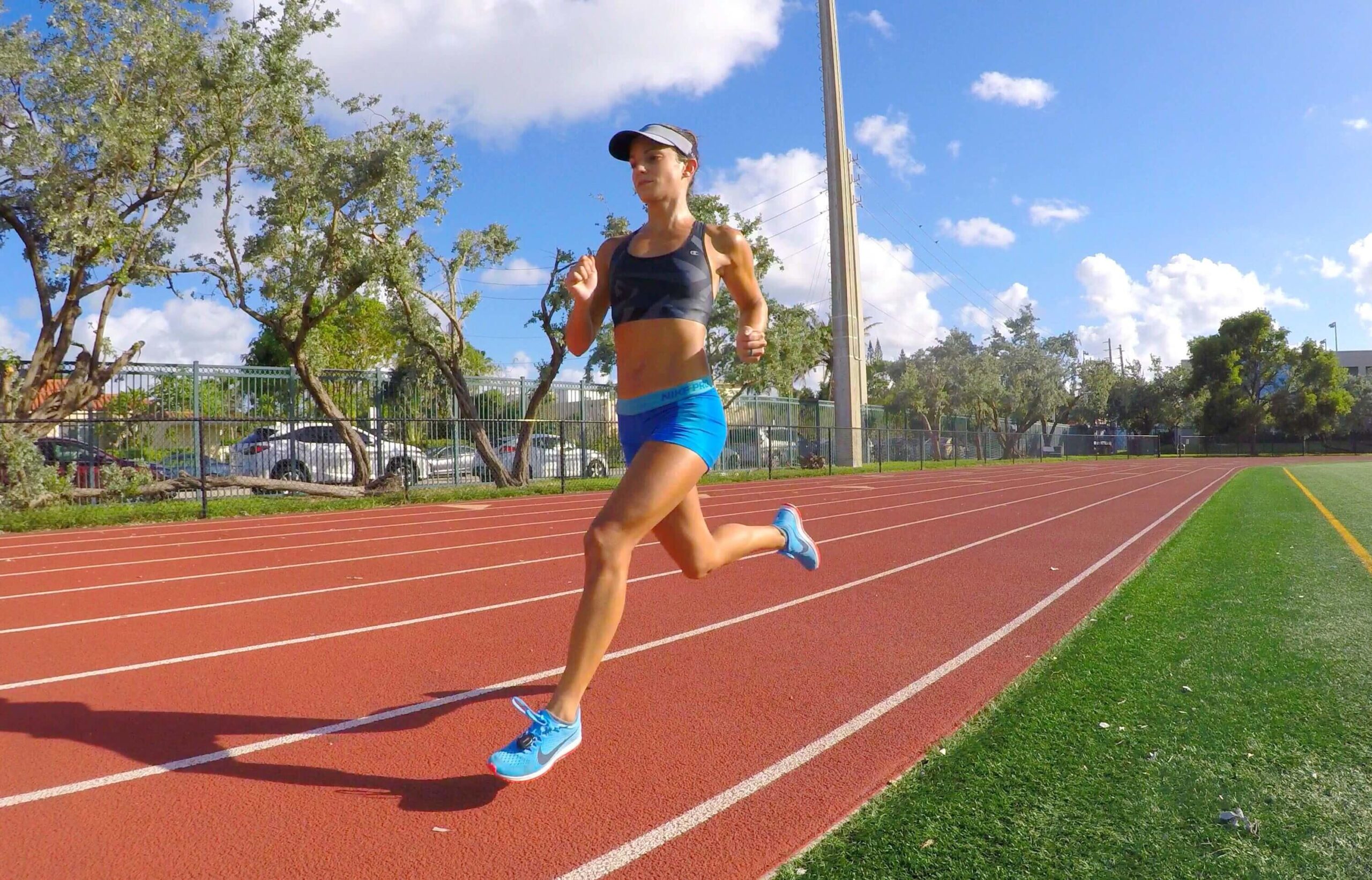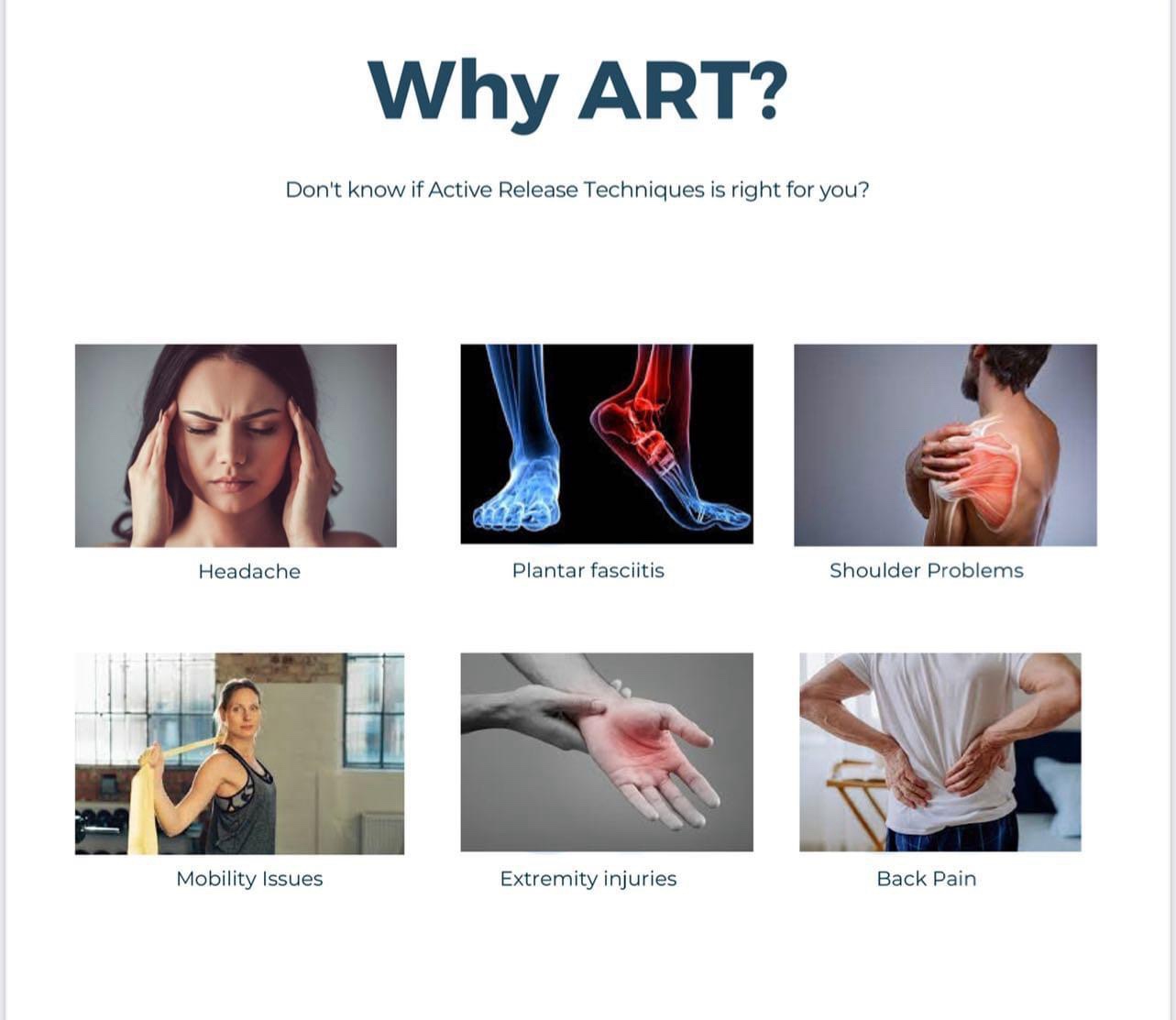
In the world of running, injuries are not merely setbacks but are intricately connected to a physiological sequence known as the cumulative strain/injury cycle. This cycle encompasses both acute and repetitive injuries, each with its unique mechanisms and consequences.
Acute injuries in runners can be sudden and are often the result of unexpected incidents such as slips, falls, or a sudden and significant increase in the intensity or volume of running. These incidents can cause microtears in the tissue, essentially small-scale damage that, under normal circumstances, the body is well-equipped to repair. When such an injury occurs, the body’s innate response kicks in. A myriad of white blood cells alongside various cellular mediators spring into action, creating a flurry of hormonal responses. These biological dynamics are all part of the body’s sophisticated defense system, aiming to protect the injury site and commence the healing process.
However, the cycle of injury becomes more complicated if these acute injuries are not addressed correctly or if the runner continues to stress the affected tissue without allowing for adequate recovery. When this happens, the tissue may begin to undergo undesirable changes, growing more fibrotic—a condition where the tissue becomes thickened and scarred. Alternatively, contractures may also develop, where the tissue permanently shortens and tightens, losing its normal elasticity. As the tissue stiffens and weakens, it brings about increased friction and tension on the surrounding structures. This added strain, in turn, leads to heightened pressure which can stymie blood flow to the region, a phenomenon known as ischemia.
The consequences of these developments can be severe for the runner. The reduced circulation to the affected tissue means that vital nutrients and oxygen are in short supply, hampering the already struggling recovery process. Ischemia can also encourage the formation of adhesions—bands of scar-like tissue that bind between tissues and organs that are normally separate. These adhesions further entrench the cycle of weakness and tightness within the tissue. As the cycle perpetuates, the likelihood of recurrent injury escalates and the runner’s performance may suffer significantly.
Understanding the complexities of the cumulative strain/injury cycle is crucial for runners and clinicians alike. Informed interventions, proper rest, and strategic training adjustments can help break the cycle, promoting healing and preventing the chronic issues that can stem from untreated or improperly managed acute injuries. With the correct knowledge and care, runners can maintain their stride and keep the joy of running alive, injury-free.

The other way injuries occur along the cumulative strain/injury cycle for runners are repetitive injuries. These could be due to poor running form, improper foot support, misaligned lumbar or pelvic structures causing imbalances, or even over training; not allowing the tissue enough time to recover. These can cause weakness and tightness in the muscles, tendons or even ligaments that leads to friction, tension and pressure on the tissue. This eventually leads to decreased circulation within the tissue causing ischemic tissue that sets up for adhesions, further weakening and tightening the tissue leading to more tension further decreasing the circulation and around and around the merry-go-round we go.

So the most effective way to fix these types of injuries is using a hands-on, movement-based, case-management system that allows the practitioner to diagnose – I don’t mean a vague or incomplete diagnosis like “shin splints”, “sprained ankle”, or “planar fasciitis”. We want to be complete enough to name the exact tissue or tissues involved and the nature of the injury – and treat the patient in a specific and expedient way so the runner can get back out there and enjoy themselves again.

Active Release Techniques (ART) is this type of treatment. It works so well because the practitioner can find the exact muscle, tendon, ligament, fascia or nerve that is exhibiting improper function and movement. By locating and treating the lesion using the precise Active Release Technique (ART) the friction and tension is reduced restoring the circulation to the affected area and the body then can quickly function and move properly again.
Dr. Plummer works with runners of all abilities from Elite Athlete’s to local runners looking for their next Personal Record (PR). Talk to Dr. Plummer today, so you are at your best for that upcoming 5k or your daily run.



